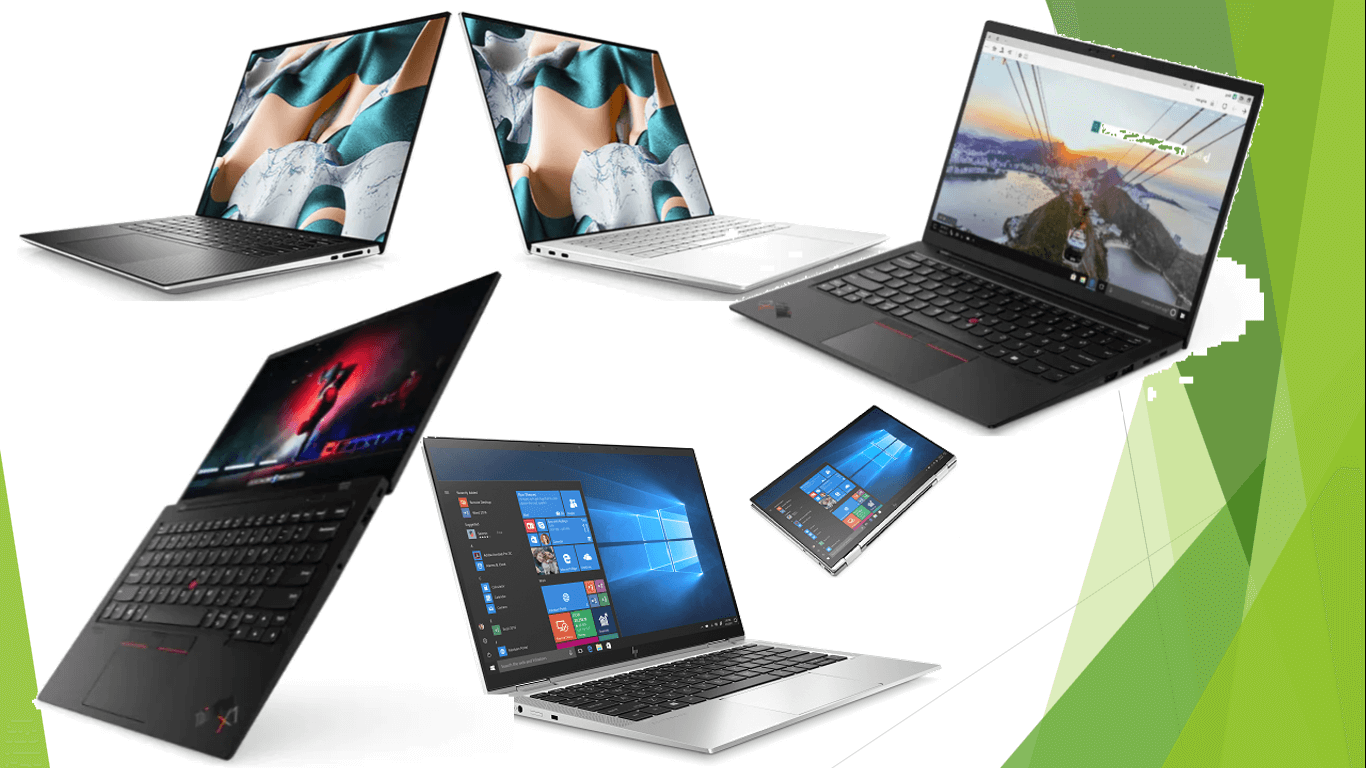Primarily, computers are classified into five generations based on major technological changes that occurred in their development. The five generations are:
- Vacuum tubes – representing the first generation (1945 – 56)
- Transistors – ushering in the second generation (1956 – 63)
- Integrated circuits – introducing the third generation (1964 – 71)
- Microprocessors – opening the door for the fourth generation and the future generations (1971 – date)
- Artificial intelligence – driving technological advancement in the continuous development of microprocessors for intense task handling (present and beyond).
The primary classification of computers by generation helps students to understand the origin of computers. However, the era of artificial intelligence has accelerated continuous invention and innovations in microprocessors.
We now have the 6th to 13th modern classification of computers by generations (with the 14th generation in view). Each marking advancement in microprocessors to satisfy the needs in the field of artificial intelligence and quantum computing.
In this article, we shall discuss the key features and uses of the 10th and 11th generations of computers. If you are excited, let’s begin.
Table of Contents
Modern Classification of Computers by Generation
Let us now look at the key features of each of the 10th and 11th generation Intel’s processors that ushered in the 10th and 11th generation computers.
10th generation computers – Comet Lake (2019 – 2020)
Intel’s 10th-generation processors marked a significant leap in computing performance, efficiency, and capabilities.
Comet Lake is the nickname of the Intel 10th generation processor. It was introduced on August 21, 2019, and it replaced the Coffee Lake desktop CPU family and Whiskey Lake U-series mobile processor families.
The 10th Generation Core family from Intel is built using Intel’s third 14nm Skylake process revision.
These CPUs were created to meet a wide range of processing requirements, including those for high-performance workstations and typical desktops. They outperformed their predecessors in terms of clock speeds, core counts, and power efficiency, making them very desirable in the market.
Key features and architecture:
The 10th generation processors introduced several notable features, including up to 5.3GHz processing speed. It ranges from Intel 10th gen Core i3 to Core i9 processor family. Some of the key features include:
Core and threads: The processors come in a variety of core and thread configurations, from quad-core processors with eight threads to octa-core processors with sixteen threads. This makes multitasking simple and improves performance for apps with several threads.
Turbo boost technology: When a workload necessitates more performance, Turbo Boost dynamically raises the clock speeds of individual processor cores. When necessary, this technology boosts performance while maximizing power usage.
Hyper-threading: Hyper-threading effectively doubles the number of logical cores by allowing each physical core to manage two threads at once. As a result, resources are used more effectively, and multitasking skills are enhanced.
Integrated graphics: Many 10th-generation processors come with Intel’s UHD Graphics, which provide adequate graphics performance for routine work and even light gaming, sometimes replacing the need for a dedicated graphics card.
Improved AI performance is provided by Intel Deep Learning Boost (DL Boost), which is a feature of the 10th-generation CPUs. This makes AI-related processes like speech and picture recognition faster, enhancing system performance for AI workloads.
Thunderbolt 3 Support: Some 10th-generation processor models are compatible with Thunderbolt 3, which enables blazing-fast data transfer and connections to several high-resolution screens and peripherals.
Performance metrics:
Benchmark tests demonstrated significant performance gains over previous generations. The processors excelled in tasks such as:
- Gaming: Intel’s 10th gen CPUs delivered smooth frame rates in popular games, even without a dedicated graphics card, thanks to improved integrated graphics.
- Content creation: Video rendering, photo editing, and 3D modeling software experienced substantial performance boosts due to the higher core counts and clock speeds.
- Productivity: Everyday tasks, such as web browsing, document editing, and multitasking, were seamless and snappy, enhancing the overall user experience.
Practical applications:
Gaming
The 10th-generation processors found applications in gaming laptops and desktops. For instance, a gaming enthusiast using an Intel Core i7-10700K processor experienced smooth gameplay at high settings in graphically demanding games like Cyberpunk 2077 and Battlefield V.
Content creation
A video editor utilizing an Intel Core i9-10900K saw a significant reduction in rendering times when editing 4K footage in Adobe Premiere Pro or DaVinci Resolve.
Data science
In data-intensive tasks like training machine learning models, the high core count and hyper-threading capabilities of Intel’s 10th gen processors expedited the process. For instance, training an image recognition model on a Core i7-10700H laptop was notably faster compared to previous-generation chips.
Business and productivity
In the corporate environment, employees benefited from enhanced productivity with smoother multitasking capabilities. For example, an analyst running complex financial models on an Intel Core i5-10600 experienced reduced processing times, enabling quicker decision-making.
Virtualization and server applications
The higher core counts and multithreading capabilities of the processors made them suitable for virtualization tasks and server applications. A cloud service provider utilizing Intel Xeon processors in their data center saw improved performance and better efficiency in handling multiple virtual machines.
Examples of 10th-generation computers
- HP EliteBook x360 1040 G7

- HP Elite Dragonfly G2

- Dell XPS 15 (9500)

- Lenovo ThinkPad X1 Carbon Gen 8

- Lenovo ThinkPad X1 Yoga Gen 5
11th generation computers – Tiger Lake (2019 – 2020)
The computers with an 11th-generation Intel Core processor and Intel Iris® Xe graphics are referred to as 11th-generation computers.
The 11th generation is more recent and technologically advanced than the generations before it, enabling more complex applications like virtual reality, gaming, and office productivity. Tiger Lake is yet another name for the eleventh generation.
The 11th generation Intel Core processors redefined Intel CPU performance for laptop and desktop PCs. New core and graphics architectures, AI-based performance boosts, best-in-class wireless and wired connectivity, and advanced tuning features deliver higher levels of power and flow to support your aspirations.
Key features and advancements:
The 11th-generation Intel processors came with AI-assisted acceleration, Intel X graphics, and best-in-class wireless and wired connectivity. Some of the key features are as follows:
Willow cove architecture: the 11th gen processors feature the willow cove architecture, which brings improvements to instruction execution, cache hierarchy, and performance per clock cycle. This enables better single-threaded performance and multitasking capabilities.
Xe Graphics: The integrated Intel Xe Graphics is a noteworthy improvement that significantly improves graphical performance. Both content producers and gamers will benefit from the hardware-accelerated video decoding and encoding capabilities of the Xe Graphics architecture.
AI Integration: Intel introduced the Intel DL Boost technology, which includes new instructions for deep learning workloads. This enables faster AI inference and supports applications in image and speech recognition, natural language processing, and more.
Thunderbolt 4: Intel’s 11th gen processors natively support Thunderbolt 4, offering blazing-fast data transfer speeds and versatile connectivity options for external devices like monitors, storage, and peripherals.
Wi-Fi 6 and Intel Evo Platform: The processors support Wi-Fi 6, ensuring faster and more reliable wireless connections. Additionally, Intel Evo certification guarantees a superior computing experience with features like instant wake, fast charging, and extended battery life for laptops.
Practical applications:
Productivity and business:
When it comes to productivity tasks like data analysis, video conferencing, and content production, Intel’s 11th-generation processors shine. These processors, for instance, can handle complex financial modeling and real-time data analysis more effectively in financial organizations.
Content Creation and Media:
The integration of Xe Graphics makes these processors ideal for content creators. Video editing, rendering, and graphics-intensive tasks can be completed faster and more smoothly, empowering creators to bring their visions to life seamlessly.
Gaming and entertainment:
Gamers benefit from improved graphical performance and AI capabilities. Intel’s 11th gen processors enable smooth gaming experiences at higher resolutions and frame rates. The AI integration also enhances in-game visual effects and AI-based gaming features.
Healthcare and research:
In the medical field, these processors can aid in medical imaging analysis, drug discovery simulations, and genome sequencing. Their AI capabilities support medical diagnosis and research by efficiently analyzing vast amounts of data.
Edge computing and IoT:
The processors’ power efficiency and AI integration suit edge computing and Internet of Things (IoT) applications. They can process data locally, reducing latency and improving responsiveness in smart home devices, industrial automation, and autonomous vehicles.
Examples of 11th-generation computers
The following pcs are some computers with Intel’s 11th-generation processors.
- Dell XPS 13: 13-inch laptop designed with precision-engineered details, from stunning materials to minimal footprint, with true unrivaled performance and 11th Gen Intel Core processors.

- HP Pavilion 15: HP Pavilion 15 is a series of laptops produced by HP. The latest model is the HP Pavilion Laptop PC 15-eg0097nr which comes with an 11th-generation Intel Core i7 processor, 16GB RAM, 512GB SSD storage, and Intel Iris Xe Graphics. You can buy it directly from HP’s website.

- Dell Inspiron 14.0″ 2-in-1 Touch Laptop
- Dell Inspiron 2-in-1 16” OLED Touch Laptop
- Lenovo ThinkPad X1 Carbon Gen 9: The 14″ ThinkPad X1 Carbon Gen 9 laptop rolls out a host of new features that add convenience, improve technology, and enrich your experience—all while retaining an ultrathin and ultralight chassis.

Conclusion
Intel’s 10th and 11th generation processors represent a notable advancement in computing technology, offering improved performance, graphics, and AI capabilities.
Their practical applications span various industries, empowering businesses, content creators, gamers, researchers, and more. As computing demands continue to evolve, these processors pave the way for a more efficient and powerful computing experience.
Now that you know, let me know what you think, including the generation of your latest pc.




